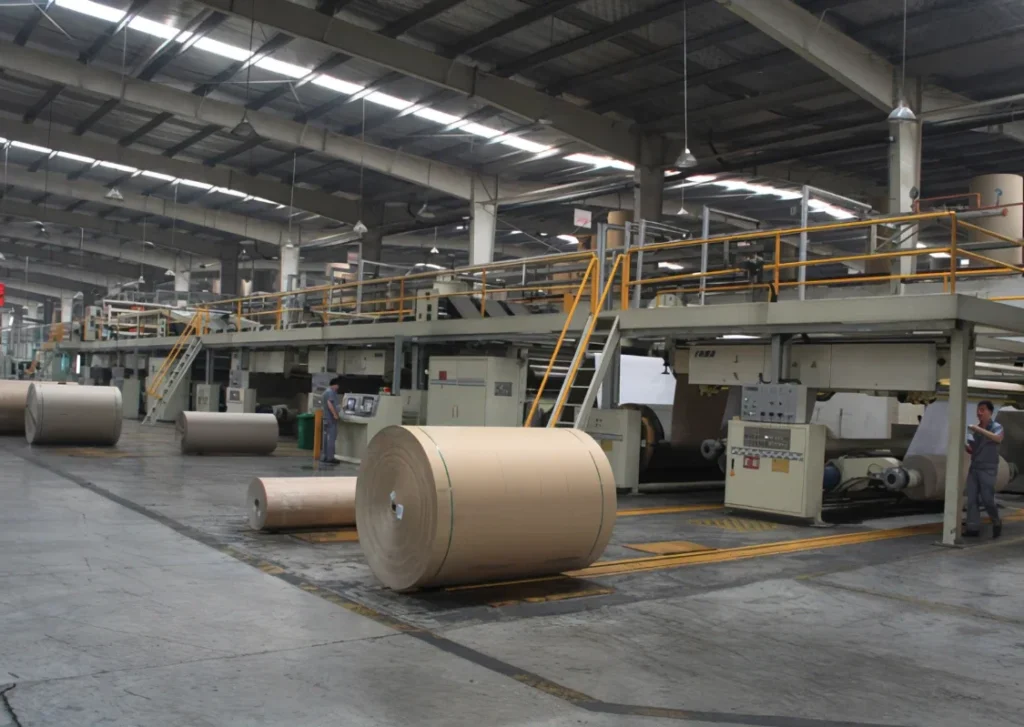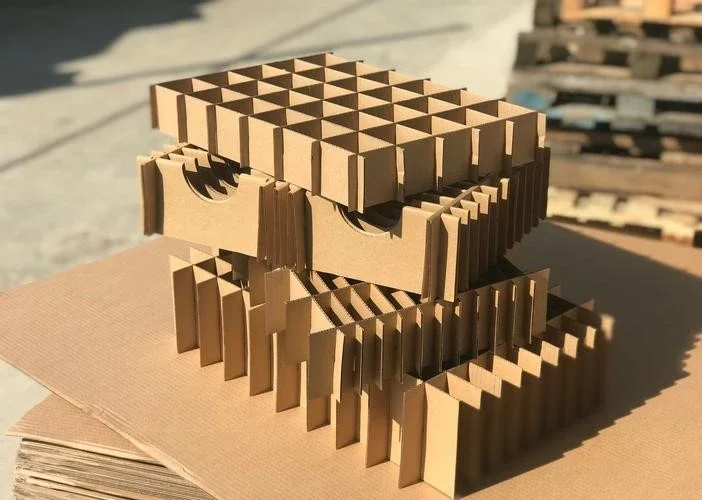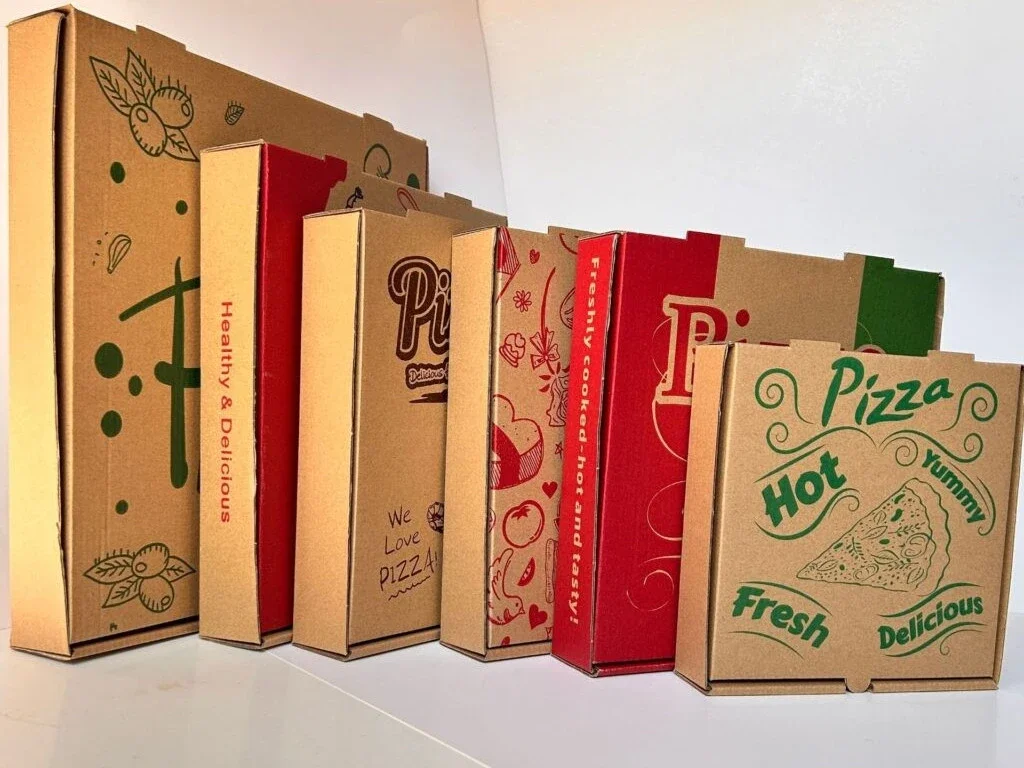
I still recall the awe I felt standing amidst the whirring sounds of a bustling packaging factory. The corrugated machines seemed almost alive, churning out sheets of cardboard with tireless efficiency.
To choose high-quality corrugated machines, assess your production needs, understand machine components, evaluate supplier reputation, and ensure compliance with energy and environmental standards.
Let’s dive deeper into what makes a corrugated machine the right fit for your business.
What is a Corrugated Machine?
At its core, a corrugated machine is the backbone of the packaging industry, automating the transformation of base paper into corrugated cardboard.
A corrugated machine efficiently converts base paper into corrugated cardboard through an automated process, essential for producing packaging materials like boxes and cartons.
Unveiling the Heart of Packaging
When I first delved into the world of packaging, I was amazed to learn that corrugated machines are the unsung heroes behind every sturdy box we rely on.
These machines orchestrate a seamless process, turning plain rolls of paper into the corrugated boards that shield products during transit. It’s fascinating how something as simple as a wave-shaped paper structure can provide such strength and resilience.
The process begins with the Mill Roll Stand, which holds the raw kraft paper. From there, the paper journeys through a series of sophisticated equipment:
- Preheaters gently warm the paper, adjusting its moisture content for optimal flexibility.
- The Single-Facer corrugates the paper, forming those characteristic flutes.
- Gluing Devices apply adhesive with precision, bonding layers together.
- The Double-Facer ensures the final layers are securely attached, forming a continuous sheet of corrugated board.
This automation not only speeds up production but also enhances consistency and quality. By understanding what a corrugated machine is, we appreciate its pivotal role in the packaging supply chain.
What Machines Are Included in Corrugated Machines?
Understanding the components helps in making an informed choice. Corrugated machines comprise several key pieces of equipment working in harmony:
Corrugated machines include:
- Mill Roll Stand
Holds the rolls of kraft paper and feeds them into the machine. - Paper Splicer
Connects new rolls without halting production, enabling continuous operation. - Preheater
Adjusts paper temperature and moisture to optimize bonding and flexibility. - Single-Facer
Forms flutes by pressing the paper between corrugated rollers. - Gluing Device
Applies adhesive precisely to ensure strong, consistent bonding. - Double-Facer
Adds the outer liner to complete the corrugated board. - Slitting Scorer and Cross-Cutting Machines
Cut the board to the required width and length. - Stacking Machine
Organizes and stacks the finished sheets for collection.
Component Summary Table
| Component | Function |
|---|---|
| Mill Roll Stand | Holds and feeds base paper rolls |
| Paper Splicer | Connects new paper rolls without stopping |
| Preheater | Adjusts paper temperature and moisture |
| Single-Facer | Forms fluted corrugated paper |
| Gluing Device | Applies adhesive precisely |
| Double-Facer | Bonds layers to form corrugated board |
| Slitting Machine | Cuts board longitudinally |
| Cross-Cutting Machine | Cuts board to length |
| Stacking Machine | Stacks finished boards neatly |
What Should I Consider When Selecting a Corrugated Machine?
Selecting the right machine isn’t just about cost—it’s about matching the equipment to your specific needs.
Consider production capacity, product specifications, equipment quality, energy consumption, environmental compliance, and supplier reliability.
Factors That Make a Difference
1. Production Capacity
- What is your daily, monthly, or annual production target?
- Do you anticipate future growth?
A higher speed line (e.g., 150m/min) can increase output but also requires a higher investment.
2. Product Specifications
- Layers: 3-layer, 5-layer, or 7-layer cardboard?
- Sizes: Can the machine produce your required dimensions?
Choosing the wrong specs can limit your product range.
3. Equipment Quality and Performance
- Stability reduces downtime and maintenance.
- Precision ensures consistent quality and fewer product defects.
High-quality machines mean fewer issues and better ROI.
4. Energy Consumption and Environmental Impact
- Choose energy-efficient machines to lower operational costs.
- Ensure compliance with local environmental regulations.
Sustainable production enhances your brand and avoids penalties.
5. Supplier Reputation and Support
- Does the supplier offer technical training and after-sales service?
- Are spare parts readily available?
Reliable support during installation and beyond makes a huge difference.
How to Choose a Suitable Corrugated Cardboard Production Line?
Combining all these considerations leads to selecting the production line that best fits your business.
To choose the right production line, analyze your production needs, evaluate machine specifications, consider automation levels, and assess total cost of ownership and supplier support.
Crafting Your Path to Success
1. Assess Your Needs
- Current Demand: What do you need now?
- Future Growth: Will you expand?
For instance, a 1.4m three-layer line might be sufficient now, but a 2.5m five-layer line may be better long-term.
2. Match Specifications
- Can the line produce your required cardboard layers and flute profiles?
- Is the size range compatible with your product needs?
Versatility brings more business opportunities.
3. Consider Automation
- Efficiency: Automated splicers and stackers reduce labor.
- Quality: Automation ensures consistency.
Balance automation level with budget and expected ROI.
4. Evaluate Total Costs
Don’t focus only on the machine price:
- Energy Efficiency: May save money over time.
- Maintenance: Avoid machines that require frequent repairs.
5. Choose a Trusted Supplier
A supportive supplier is a long-term asset. From installation to troubleshooting, a true partner adds lasting value.
Conclusion: Investing in the Right Machine for Your Business
Choosing the right corrugated machine is an investment in your business’s future. By focusing on capacity, quality, sustainability, and supplier trust, you can ensure long-term success in the competitive packaging industry.
At Jeytop Carton Machinery, we are committed to delivering high-quality, reliable equipment designed to meet the diverse needs of the packaging industry. With a focus on quality, trust, and value, we ensure our clients have the tools they need to thrive.




